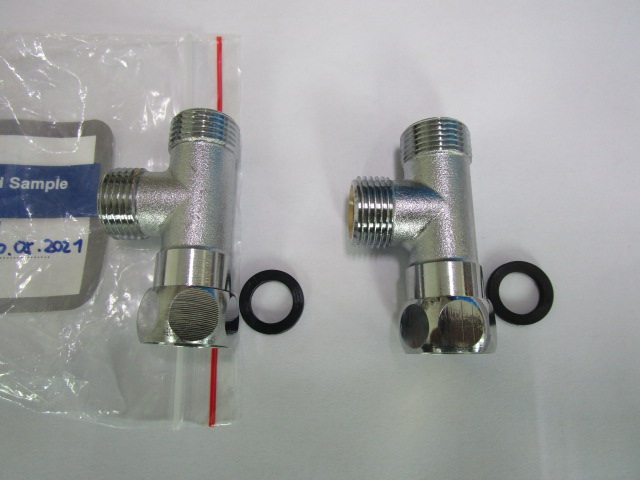
Electroplating is a widely used process in various industries to enhance the surface properties of objects, providing decorative finishes, corrosion resistance, and improved conductivity. Different electroplating techniques offer unique advantages and disadvantages, while proper testing ensures the quality and integrity of electroplated products. In this article, we will discuss the various types of electroplating techniques, highlight their pros and cons, and explore essential tests for inspecting electroplated products.
Types of Electroplating Techniques:
1.Barrel Plating:
- Advantages: Barrel plating is a cost-effective method suitable for high-volume production. It allows for simultaneous plating of multiple small parts, providing uniform coatings and efficient plating thickness distribution.
- Disadvantages: The contact between parts during the barrel plating process may cause surface abrasion or imperfect coverage on complex geometries. It is also challenging to control the plating thickness precisely.
2.Rack Plating:
- Advantages: Rack plating enables individual control of each part during the process, ensuring uniform coverage and precise plating thickness. It is suitable for larger or irregularly shaped objects and allows for better surface quality.
- Disadvantages: Rack plating is more time-consuming and labor-intensive compared to barrel plating. It requires skilled operators to set up racks and ensure proper electrical conductivity between the objects and the plating solution.
3.Continuous Plating:
- Advantages: Continuous plating, also known as reel-to-reel plating, is ideal for plating continuous strips or wires. It offers high-speed processing, making it suitable for large-scale production. The process ensures consistent coating thickness and excellent adhesion.
- Disadvantages: Continuous plating is limited to flat or cylindrical objects, making it unsuitable for complex geometries. It may also be challenging to maintain uniform plating thickness on wider strips.
4.Pulse Plating:
- Advantages: Pulse plating allows for precise control of the plating process, resulting in uniform coatings and improved deposit properties. It reduces the risk of hydrogen embrittlement and can be used to plate various metals and alloys.
- Disadvantages: Pulse plating requires specialized equipment and expertise. The process parameters must be carefully adjusted to achieve optimal plating results, which may increase the complexity and cost of the operation.
Essential Tests for Inspecting Electroplated Products:
1.Thickness Measurement:
- Test Method: X-ray fluorescence (XRF) or non-destructive testing methods such as eddy current or magnetic induction.
- Purpose: To ensure the plating thickness meets the specified requirements, ensuring functionality and durability.
2.Adhesion Testing:
- Test Method: Tape test, bend test, or cross-cut test.
- Purpose: To evaluate the adhesion strength between the substrate and the plated layer, ensuring good bonding and preventing peeling or flaking.
3.Porosity Testing:
- Test Method: Porosity testing using a solution or gas permeability test.
- Purpose: To detect any pores or voids in the plating layer that can compromise corrosion resistance and allow for substrate degradation.
4.Corrosion Resistance Testing:
- Test Method: Salt spray test, humidity test, or electrochemical methods such as polarization or potentiodynamic scanning.
- Purpose: To assess the ability of the plated layer to withstand corrosion, ensuring long-term durability and protection.
5.Surface Hardness Testing:
- Test Method: Microhardness testing using Vickers or Knoop indentation.
- Purpose: To measure the hardness of the plated layer, ensuring it meets the desired requirements for wear resistance and durability.
Conclusion:
Different electroplating techniques offer unique advantages and drawbacks, providing various solutions for surface enhancement in different industries. However, proper testing is crucial to ensure the quality and integrity of electroplated products. Tests such as thickness measurement, adhesion testing, porosity testing, corrosion resistance testing, and surface hardness testing play vital roles in assessing the performance and durability of electroplated coatings. By implementing these essential tests, manufacturers can confidently deliver high-quality electroplated products that meet customer expectations and industry standards.




